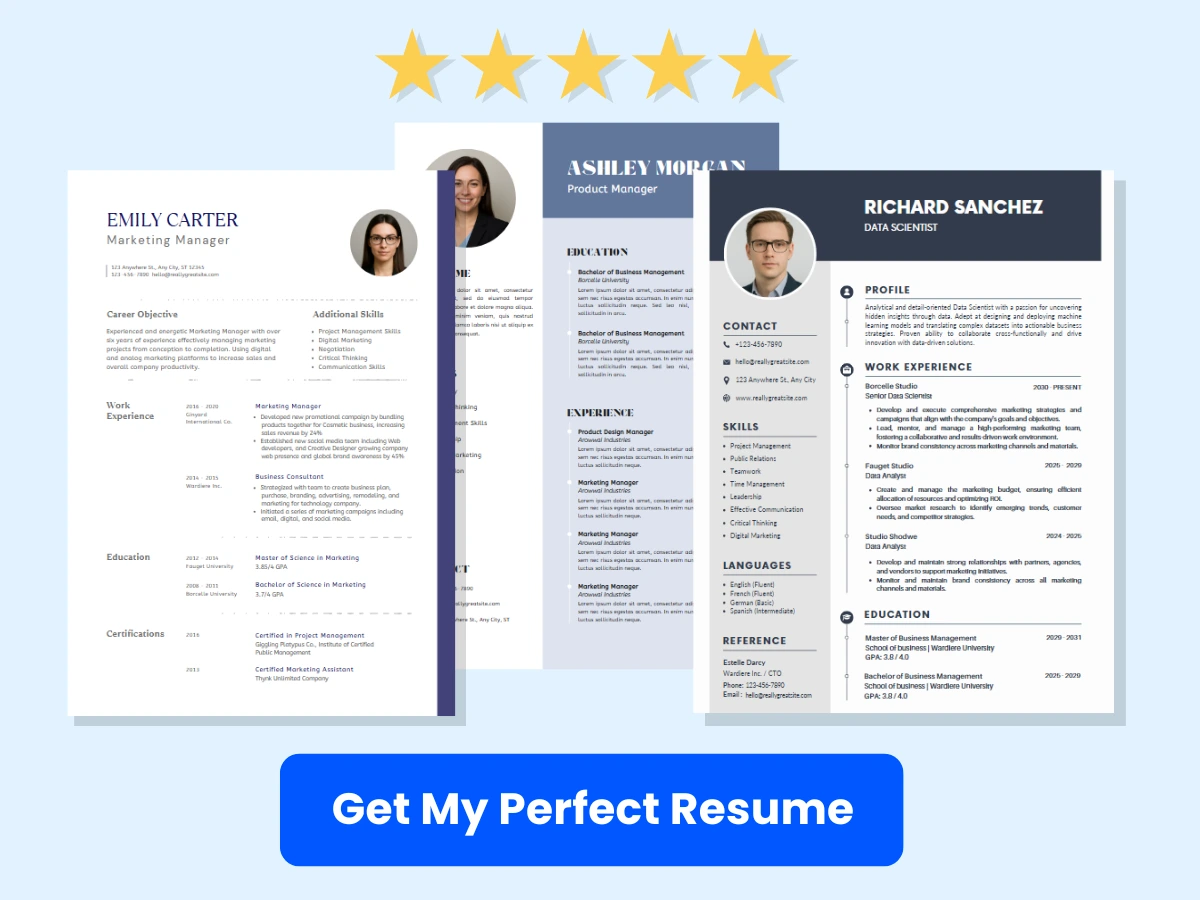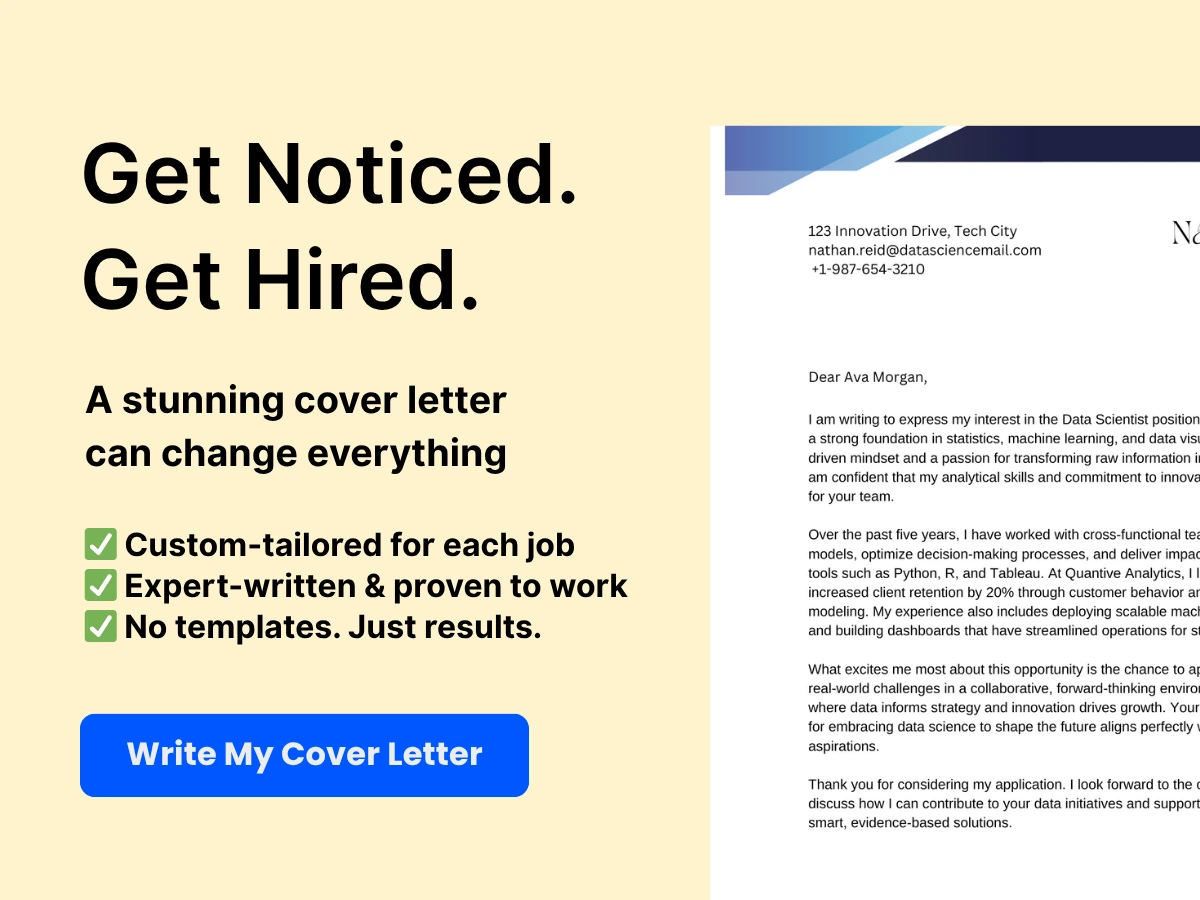One of the most important aspects of creating any piece of content, whether it be academic writing, marketing copy, or anything in between, is ensuring that it meets a high level of quality and accuracy. Proofreading is the process of reviewing text to identify and correct errors in spelling, punctuation, grammar, and formatting. It involves carefully reading a document and checking it for mistakes, ensuring that it is ready for publication or distribution.
Proofreading is an essential part of the writing process that should never be overlooked. Even the most skilled writers can make mistakes, and it is critical to have a fresh set of eyes to catch any errors that may have been missed. Whether you are a student, a professional writer, or a business owner, proofreading can make all the difference in ensuring that your message is clear, concise, and professional.
In this article, we will provide a complete guide to the job of a proofreader. We will begin by defining proofreading and explaining its importance. We will then give a brief overview of the job description and what it entails. By the end of this guide, you will have a comprehensive understanding of what it takes to be a successful proofreader, and how this vital role plays a critical role in ensuring high-quality written content.
Responsibilities
Proofreading is a vital process in the production of various types of documents. As a proofreader, your responsibilities include:
Proofreading job duties
- Reviewing and checking documents for errors in grammar, punctuation, spelling, and formatting
- Ensuring consistency in style, tone, and formatting across all documents
- Verifying the accuracy of data, statistics, and other information presented in the document
- Collaborating with writers, editors, and other stakeholders to make necessary revisions and edits
Types of documents proofread
As a proofreader, you can proofread a wide range of documents, including:


- Academic papers, essays, and dissertations
- Business reports, proposals, and presentations
- Marketing and advertising materials, such as brochures, flyers, and ads
- Website content, blog posts, and social media posts
- Technical documents, such as manuals, user guides, and specifications
- Legal documents, such as contracts, agreements, and patents
Tools and software used by proofreaders
Proofreading can be done manually or with the help of various tools and software. Some of the tools and software commonly used by proofreaders include:
- Microsoft Word and other word processing software that feature built-in spelling and grammar checkers
- Grammarly and other online grammar checkers that can quickly identify errors in sentence structure, style, and tone
- Plagiarism detection software such as Turnitin, which helps proofreaders identify passages that have been copied from other sources without proper citation
- Style guides such as the AP Stylebook or the Chicago Manual of Style that provide guidelines on grammar, style, and formatting
The job of a proofreader involves much more than simply checking for typos and spelling errors. Proofreaders play a critical role in ensuring the accuracy and overall quality of a wide range of documents. With the right tools and software, proofreaders can work efficiently and effectively, making important contributions to the success of any organization or project.
Skills and Qualifications
Proofreading is a specialized task that requires a keen eye for detail, a command of the English language, and a thorough understanding of grammar and syntax. To become a successful proofreader, you need to possess a combination of education, experience, skills, and personal characteristics.
Education and Experience Required
While there is no specific degree or certification required to become a proofreader, a background in English, journalism, or communications can be useful. Many employers look for candidates who have a bachelor’s degree in one of these fields, as well as experience working in a related field, such as writing, publishing, or editing.
Experience proofreading is essential, and it can be gained through internships or entry-level positions, such as editorial assistants, copy editors or fact-checkers. Additionally, attending short courses or training sessions in proofreading, copyediting or writing can help to improve your skills and make you stand out in the job market.
Essential Skills for Proofreading
Proofreaders need to possess a variety of skills that will help them spot errors and ensure that written materials meet high quality and readability standards. Essential skills for proofreading include excellent spelling and grammar, knowledge of style guides (such as the AP Stylebook or The Chicago Manual of Style), familiarity with proofreading marks or symbols, strong attention-to-detail, good time-management and organizational skills.


Proofreaders must be comfortable with working under pressure and tight deadlines while staying focused and maintaining high levels of accuracy.
Personal Characteristics for Success as a Proofreader
Along with education and experience, a successful proofreader needs to have specific personal characteristics such as patience, attention-to-detail, and a strong work ethic.
Proofreading requires a meticulous approach to editing, you will be reviewing texts in different industries, so you must be adaptable, open-minded and receptive to alter the tone of the content. Being able to comprehend and write different levels of language yet maintain high quality and adapt to meet the specific needs of diverse clients.
Additionally, the ability to stay focused for a long time, a great sense of responsibility, and excellent communication are essential. A successful proofreader should also have a strong sense of initiative and be able to work independently while being able to seek inputs when necessary.
Conclusion


To become a successful proofreader, you need to have a combination of education, experience, and personal characteristics. Essential skills for proofreading include excellent grammar and spelling, familiarity with style guides, attention-to-detail, organization ability, and strong time-management. Personal characteristics such as patience, flexibility, and good communication skills are highly valued in this field. With a combination of education and experience and the right set of skills and personal characteristics, you can excel as a professional proofreader.
Standards for Quality
As a proofreader, it’s essential that you understand what constitutes good quality proofreading. Here are some aspects to keep in mind when assessing your work:
Defining Good Quality Proofreading
Good quality proofreading involves ensuring that a document is free of errors and clearly conveys its intended message. This includes checking for spelling, grammar, syntax, punctuation, and formatting errors. In addition, a good proofreader should also check the overall coherence and clarity of the text, ensuring that it makes sense as a whole and flows logically from one point to the next.
Common Errors to Look For
Some of the most common errors that proofreaders need to watch out for include:
- Spelling errors
- Typos
- Grammatical mistakes
- Punctuation errors
- Inconsistent capitalization
- Inconsistent formatting
- Missing or incorrect citations and references
By paying careful attention to these details, you can help to ensure that your work is accurate, effective, and polished.
Techniques to Maintain Consistency
Maintaining consistency is key to producing high-quality work as a proofreader. Here are some techniques that can help you achieve this:
- Develop a checklist of common errors and issues to look out for, and use it consistently with each document you proofread.
- Use tools such as style guides and dictionaries to ensure that you stay consistent with spelling, capitalization, and formatting rules.
- Take breaks to refresh your mind when working on longer documents to avoid missing errors due to fatigue or inattention.
- Compare each sentence to the one before it to ensure that the language and tone are consistent throughout the document.
- When in doubt, seek clarification from the author or editor to ensure that you are making the right choices about wording or phrasing.
By following these techniques, you can add value as a proofreader by producing high-quality work that is consistent, accurate, and effective.


Types of Proofreading
There are several types of proofreading that a professional proofreader can offer, depending on the specific needs of the client. Here are some of the most common types of proofreading:
Copy editing
This type of proofreading involves checking the document for grammar, punctuation, and spelling errors. The focus is on making the copy clear, concise, and readable. The copy editor may also suggest changes to improve the flow of the text and ensure that it meets the style guide or editorial standards.
Line editing
Line editing goes beyond the surface-level errors and looks more closely at the structure of the writing. The editor will analyze each sentence and paragraph, making changes to improve the overall clarity, flow, and coherence of the text. This type of proofreading is particularly useful for longer pieces, such as books or academic papers.
Developmental editing
Developmental editing involves a deep dive into the substance and structure of the writing. The editor will help the author shape the content and develop the ideas, offering suggestions for how to build a strong narrative, argument, or plot. This type of proofreading requires a high level of expertise in the subject matter, as well as a strong understanding of the target audience.
Substantive editing
Substantive editing is similar to developmental editing, but is focused more on the overall structure and organization of the text. The editor will evaluate the manuscript as a whole, looking for areas where the content could be improved or rearranged. This type of proofreading is particularly useful for longer pieces or for authors who are struggling to shape their ideas into a coherent form.
Each of these types of proofreading plays an important role in creating high-quality written work. Whether you are a writer looking to polish your manuscript, or a business owner seeking to improve your website copy, hiring a professional proofreader is an essential step in ensuring that your words are communicating your message as effectively as possible. Becoming a proofreader typically involves some level of education and training. There are several paths you can take to hone your skills and increase your credibility as a professional.


Degree and Certification Programs: Pursuing a degree or certification in an English-related field, such as English, journalism, or communications, can provide a solid foundation for a proofreading career. Many universities and colleges offer specific courses or concentrations in editing and proofreading, such as the University of Chicago’s Graham School’s Editing Certificate Program. Certification programs from organizations, such as the American Society of Journalists and Authors (ASJA), are also available for those seeking to verify their skills and experience.
Self-Study or Online Courses: If a degree or certification program is not feasible, there are several self-study or online courses available to help you develop your proofreading abilities. Websites like Udemy, Skillshare, and Coursera offer affordable courses that may teach you the basics of proofreading, or even specific skills like proofreading legal documents. Poynter’s News University also provides online courses, including one called “Cleaning Your Copy: Grammar, Style and More.”
Professional Associations and Resources: Joining professional associations and subscribing to industry resources can provide access to networking opportunities, job listings, and additional training materials. The Editorial Freelancers Association (EFA) is a membership organization for editors, proofreaders, and other freelancers in the publishing industry. The EFA offers job boards, professional development workshops and webinars, and an online forum for members to discuss industry topics. The American Society of Journalists and Authors (ASJ) is another association that offers resources and a directory of professional proofreaders.
Other resources include industry magazines, such as The Chicago Manual of Style or The AP Stylebook, as well as online tools, such as Grammarly or ProWritingAid, which can aid in proofreading processes. Additionally, establishing a personal network of fellow proofreaders, writers, and editors can provide valuable feedback and support throughout your career.
Becoming a proofreader involves education and training, whether it be through a formal degree or certification program, self-study or online courses, or joining professional associations and utilizing industry resources. Continuous learning and self-improvement are essential for maintaining credibility in the proofreading field, as it is a highly competitive industry where reputation and skillset matter greatly.
The Job Market
If you’re interested in a career as a proofreader, it can be helpful to have an understanding of the job market. Proofreading is a competitive field, but there are still plenty of opportunities available for those with the right skills and experience.


Overview of the job market for proofreaders
Proofreading jobs can be found in a variety of industries, including publishing, marketing, advertising, and more. Many companies also hire freelance proofreaders on a project basis. The demand for proofreaders is expected to remain stable in the coming years, with some growth in specific industries such as online content creation.
How to find proofreading jobs
To find proofreading jobs, you can start by searching online job boards, such as Indeed or LinkedIn. Networking with other professionals in your field can also be helpful, as they may know of job openings or be able to connect you with potential clients. Freelance marketplaces, such as Upwork or Freelancer, can also be a good source of work, although competition can be high.
Tips for building a successful freelance proofreading business
If you’re interested in freelancing as a proofreader, there are a few tips that can help you build a successful business:
-
Develop a niche: Consider specializing in a specific type of content or industry. This can help you stand out from other proofreaders and make it easier to market your services.
-
Create a professional website: Having a website can help potential clients find you and showcase your portfolio and services. Make sure your website is professional-looking and easy to navigate.


-
Join professional organizations: Consider joining professional organizations, such as the American Society of Journalists and Authors or the Editorial Freelancers Association. These organizations can provide networking opportunities and help you stay up-to-date on industry trends.
-
Offer exceptional service: Providing excellent customer service is key to building a successful business. Be communicative with clients, meet deadlines, and strive to exceed their expectations.
-
Market yourself: Don’t be afraid to promote your services and reach out to potential clients. Social media can be a powerful marketing tool, as can email marketing and networking events.
By following these tips, you can build a successful freelance proofreading business and take advantage of the opportunities available in the job market.
Rates and Payment Strategies
When it comes to proofreading services, it’s essential to know the market rates to charge your clients accurately. According to recent research, the average hourly rate for proofreading services is between $25 and $45. However, you may choose to adjust these rates based on your experience and expertise.
One decision you will need to make when setting your rates is whether to charge a flat fee or bill clients hourly. Many proofreaders prefer flat fees for simplicity and predictability, while others prefer hourly rates, which provide payment for every minute spent working. Ultimately, the choice depends on your clients’ preferences, the scope of work, and your efficiency.
In addition to determining your rates, you’ll also need to consider different payment models and strategies. One option is to require upfront deposits, typically held in an escrow account or prepayment. Another popular approach is to send clients an invoice stating the final price after the job has been completed, with payment due within a certain timeframe.
It’s also worth exploring different payment methods, such as PayPal or Stripe, that offer secure online payment options, helping streamline payment processes and reduce the risk of fraud or chargebacks.
Ultimately, the key to a successful payment strategy is to be upfront and clear about your rates and payment expectations from the start, so both you and your clients can avoid misunderstandings or miscommunications, and build a successful working relationship centered on trust and mutual respect.
Effective Communication
Communication plays a vital role in the success of any proofreader. As a proofreader, you will have to interact with different people to ensure that the final document meets the client’s expectations.
Working with Clients
The success of any proofreader largely depends on how they handle their clients. When working with clients, it is essential to establish clear communication from the outset. For instance, you can put together a checklist or create a set of expectations for the project’s scope, timeline, and revision processes to avoid any misunderstandings. Ensure that you also clarify the fees charged for different tasks, such as proofreading, editing, and formatting.
Communicating Effectively with Authors or Publishers
A proofreader must build a good working relationship with authors or publishers to enhance the document’s readability and clarity. The goal of effective communication is to provide feedback without causing offense. As a proofreader, you should learn how to highlight areas that need improvement without sounding too critical. For instance, when giving feedback, you could start by praising something good about the manuscript before mentioning what needs altering. Remember to be respectful, objective, and specific when pointing out errors or inconsistencies.
Dealing with Difficult People
As a proofreader, you will occasionally interact with difficult people. However, knowing how to handle challenging situations confidently can help you save time and maintain your reputation. When dealing with challenging individuals, first try and identify the source of the problem to avoid any misunderstandings. Then, consider using active listening skills to understand their perspective and respond accordingly. Being assertive and polite is essential when communicating with difficult individuals, but you also need to know when to walk away from a confrontation that could escalate.
Effective communication is essential for any proofreader seeking to build lasting working relationships with clients, authors, or publishers. By understanding and adopting the tips mentioned above, you can enhance your communication skills and provide better proofreading services.
Career Advancement
As a proofreader, you may be wondering about the potential for growth in the field, as well as the skills you can develop and the career paths available to you. Here’s a closer look at each of these areas:
The potential for growth in the field
The demand for proofreaders is expected to remain steady in the coming years. However, there may be greater demand for proofreaders who have specialized skills or knowledge in certain areas (such as legal, medical, or technical writing). Freelance work is also a common option for proofreaders, which can allow for greater flexibility and control over the types of projects you work on.
Skills to develop for career advancement
To advance in your proofreading career, there are several skills you can work on developing:
- Attention to detail: This is perhaps the most important skill for a proofreader. You need to be able to catch even the tiniest errors in a document.
- Knowledge of grammar and syntax: Brushing up on your grammar and syntax rules can help you identify and fix errors more efficiently.
- Familiarity with style guides: Depending on the type of writing you’re proofreading, you may need to be well-versed in one or more style guides (such as MLA, APA, or Chicago Manual of Style).
- Specialized knowledge in a subject area: If you’re interested in proofreading for a particular industry (such as finance or engineering), gaining knowledge in that area can make you a more attractive candidate to potential clients or employers.
Career paths for skilled proofreaders
There are several career paths available to skilled proofreaders:
- In-house proofreader/editor: Many organizations employ their own proofreaders and editors to review documents before they are published.
- Freelance proofreader/editor: As mentioned earlier, freelance work is a common option for proofreaders.
- Copyeditor or content editor: Some proofreaders expand their skillset to include copyediting or content editing. These roles may involve more substantive changes to a document, along with the typical proofreading tasks.
- Proofreading instructor or coach: If you enjoy teaching, you may be able to use your proofreading expertise to become an instructor or coach, teaching others how to proofread effectively.
The proofreading field can offer stability, flexibility, and the ability to work on a variety of projects. By developing your skills and exploring different career paths, you can advance your career as a proofreader and find success in this growing industry.
Examples of Successful Proofreaders
If you’re looking for inspiration as a proofreader, look no further than some of the top-rated and successful proofreaders in the industry. In this section, we’ll provide an overview of these top-rated proofreaders along with some case studies that highlight what made them stand out in their field.
Overview of top-rated proofreaders
Some of the top-rated proofreaders in the industry include:
-
Caitlin Pyle – Caitlin is a highly successful proofreader and founder of the Proofread Anywhere program, which has helped thousands of aspiring proofreaders launch their careers.
-
Ashan R. Hampton – Ashan is a professional proofreader and editor who has over 20 years of experience in the industry. She has worked with major brands such as IBM and Procter & Gamble.
-
Nick Loper – Nick is a successful entrepreneur and author who has also built a successful proofreading business.
These proofreaders have all achieved great success in their careers, and their stories can offer valuable insights for aspiring proofreaders.
Case studies of successful proofreaders
Let’s take a closer look at some case studies of successful proofreaders and what made them stand out in the industry:
Caitlin Pyle
Caitlin Pyle is a highly successful proofreader and entrepreneur who has built a large following in the industry. What makes her stand out is her dedication to helping others launch successful proofreading careers through her Proofread Anywhere program. She has also authored several books on the topic and regularly contributes to online publications.
Ashan R. Hampton
Ashan R. Hampton is a highly successful proofreader and editor who has worked with major brands in the industry. What makes her stand out is her attention to detail and ability to provide a high level of quality in her work. She has also authored several books and provides mentorship and coaching to aspiring proofreaders.
Nick Loper
Nick Loper is a successful entrepreneur and author who has also built a successful proofreading business. What makes him stand out is his ability to balance his various business ventures while still providing high-quality proofreading services to his clients. He has also authored several books and provides valuable insights on his popular blog.
What made these proofreaders stand out
What made these proofreaders stand out in the industry was their dedication to their craft, their attention to detail, and their willingness to go above and beyond for their clients. They also focused on building their brand and creating valuable content for their audience, which helped them establish themselves as thought leaders in the industry.
As an aspiring proofreader, it’s important to learn from the success stories of those who have come before you. By understanding what made these proofreaders stand out and applying these lessons to your own career, you too can achieve great success in the field.
Related Articles
- Team Leader Resume Samples for All Experience Levels
- Software Developer Resume Example & Writing: Complete Guide
- Personal Care Aide Resume: Winning Examples
- Patrol Officer: Job Description, Salary, and Skills
- 10 Account Manager Resume Samples Proven to Succeed








